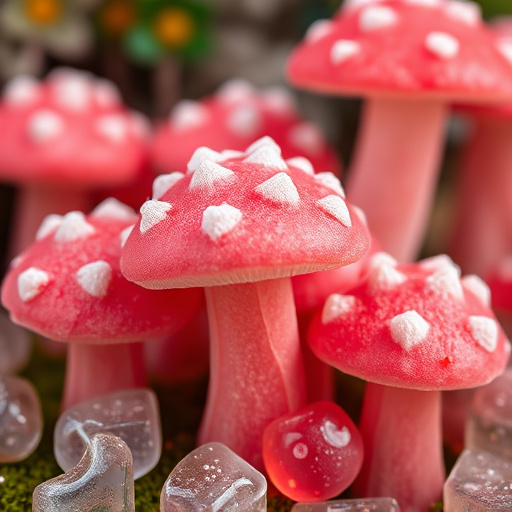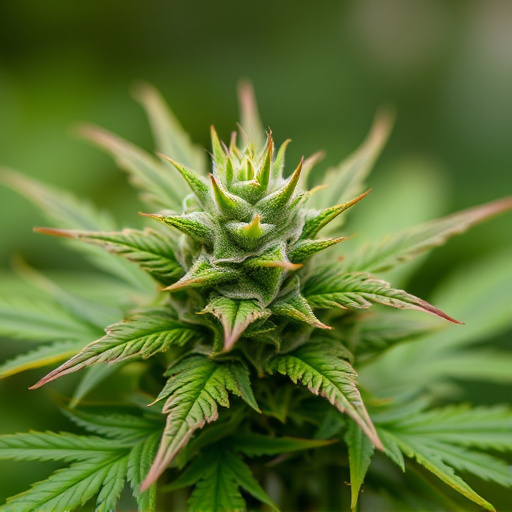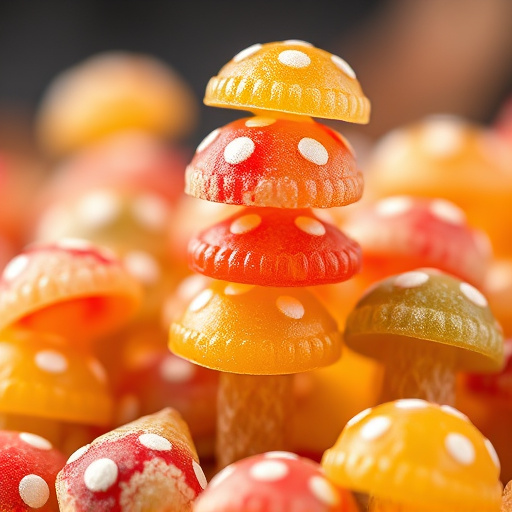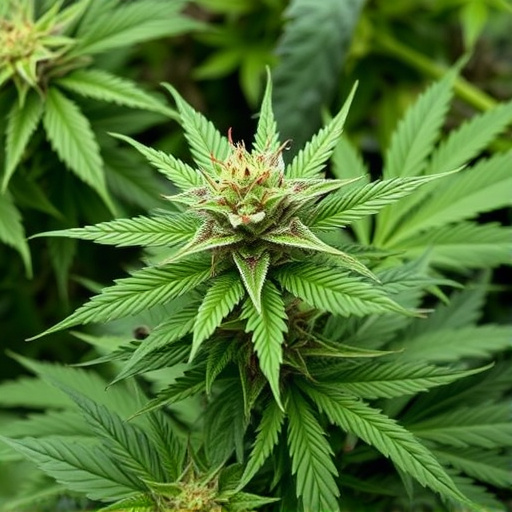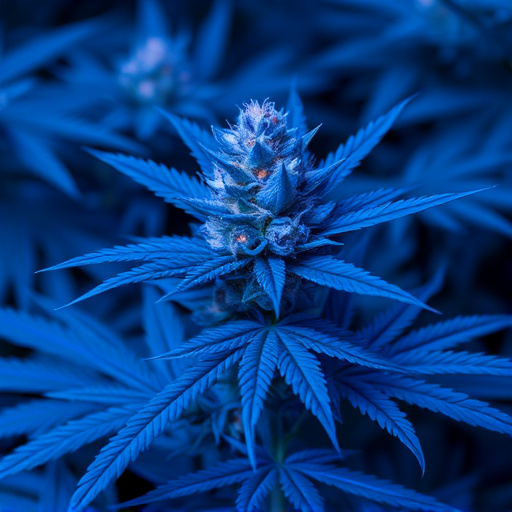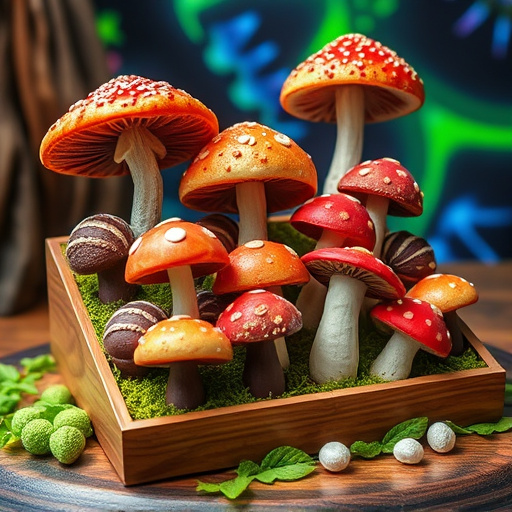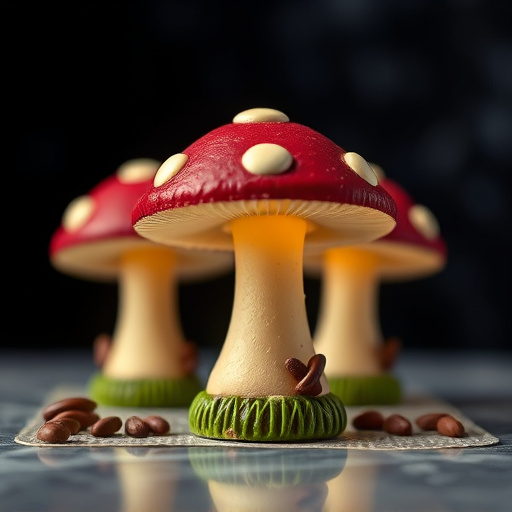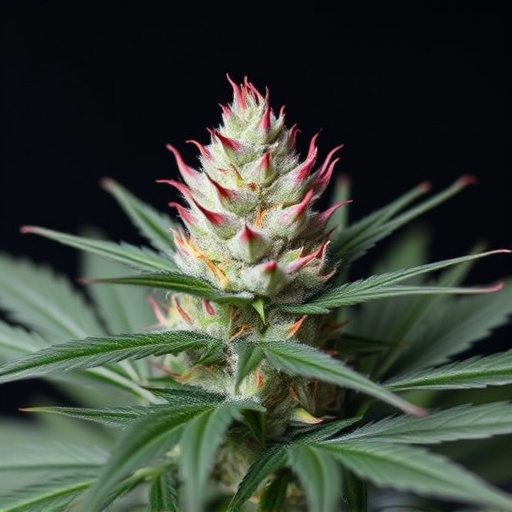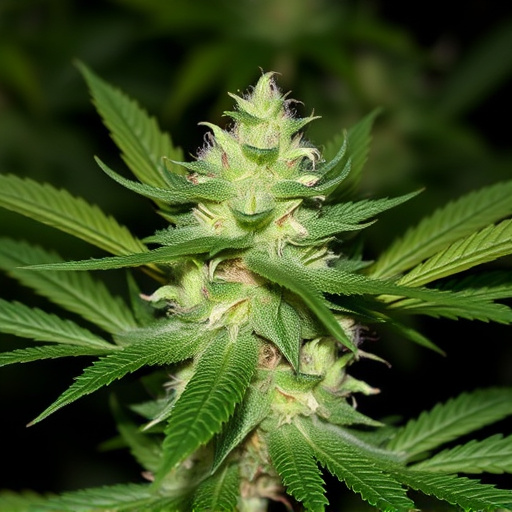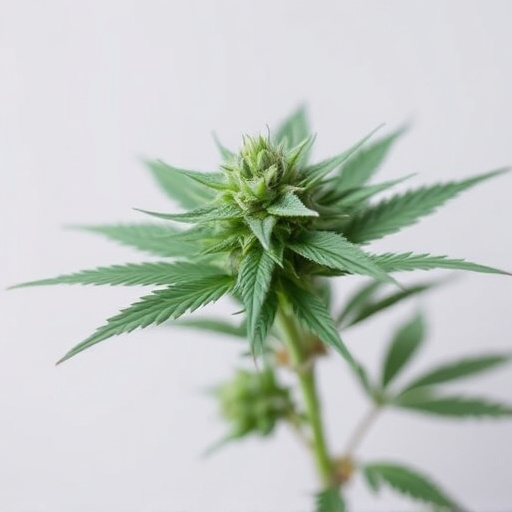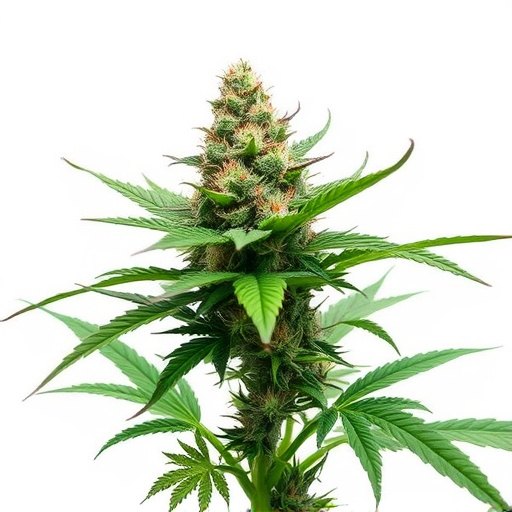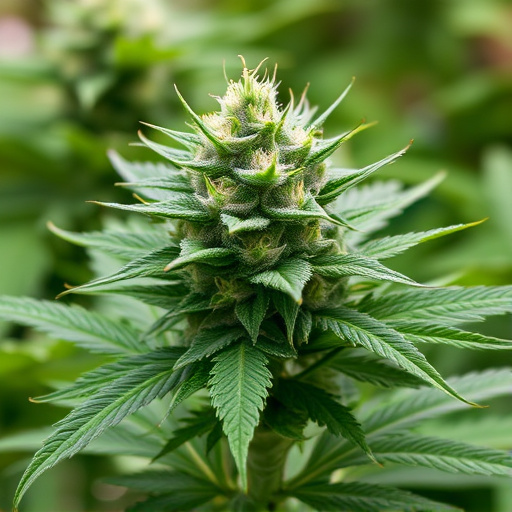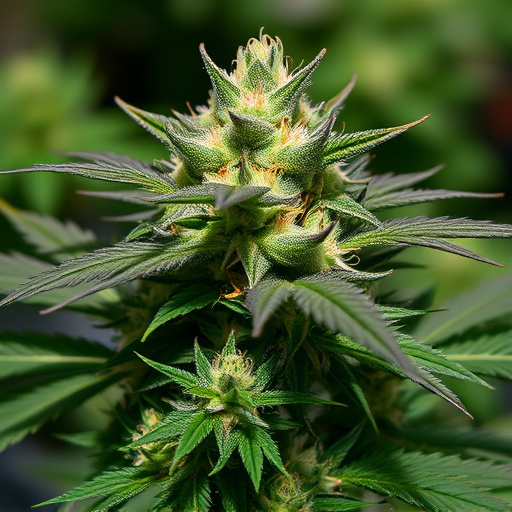Cannabis flowers' unique aromas result from terpenes and aromatic compounds, serving vital functions beyond scent. Key terpenes like myrcene (earthy, anti-inflammatory), limonene (citrusy, uplifting), and linalool (floral, calming) contribute to the best hybrid cannabis strains' robust scents. Genetic diversity and hybridization techniques drive cannabis plants' chemical profiles, with cultivators enhancing desirable traits for varied consumer experiences. Environmental factors, including temperature, humidity, and ventilation, significantly impact scent intensity and aroma profile of these sought-after best hybrid cannabis strains.
Cannabis flowers are renowned for their distinct and powerful aroma, which can vary greatly among different strains. This sensory experience is largely driven by terpenes and aromatic compounds, natural chemicals responsible for the characteristic scents we associate with various plants. The unique smells of cannabis are also influenced by genetic diversity and hybridization techniques employed by cultivators to create the best hybrid cannabis strains. Environmental factors play a crucial role in shaping the final scent intensity, adding complexity to the cannabis olfactory experience.
- The Role of Terpenes and Aromatic Compounds
- Genetic Diversity and Hybridization Techniques
- Environmental Factors Influencing Scent Intensity
The Role of Terpenes and Aromatic Compounds

Cannabis flowers emit their distinctive and often powerful aromas thanks to a diverse range of terpenes and aromatic compounds. Terpenes, a class of volatile organic compounds (VOCs), are responsible for many of the unique scents we associate with different cannabis strains. These chemical profiles not only contribute to the pleasant or pungent odors but also play a crucial role in attracting pollinators, protecting against pests, and even influencing the plant’s medicinal properties.
Among the best hybrid cannabis strains known for their robust aromas, terpenes like myrcene, limonene, and linalool stand out. Myrcene, with its earthy, musky notes, is prevalent in many Indica-dominant strains and has been linked to potential anti-inflammatory effects. Limonene, evoking citrusy scents, is often found in Sativa-leaning varieties and may offer uplifting and mood-enhancing properties. Linalool, with its floral aroma, is common across various strains and is renowned for its calming and stress-relieving benefits.
Genetic Diversity and Hybridization Techniques
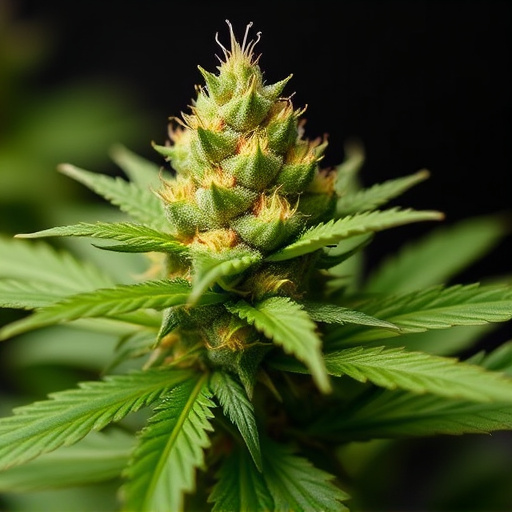
Cannabis plants, like any other, have evolved diverse methods to attract pollinators and ensure their survival. One key aspect is genetic diversity, which allows for a wide range of chemical profiles and aromas. This diversity is often enhanced through hybridization techniques, where growers carefully cross different cannabis strains to create new varieties with unique traits.
Hybridization plays a significant role in cultivating the best hybrid cannabis strains known today. By combining specific genetic lines, cultivators can amplify desirable attributes like potent THC levels, aromatic profiles, and specific effects. These hybrids often offer consumers a more diverse range of experiences, catering to various preferences.
Environmental Factors Influencing Scent Intensity
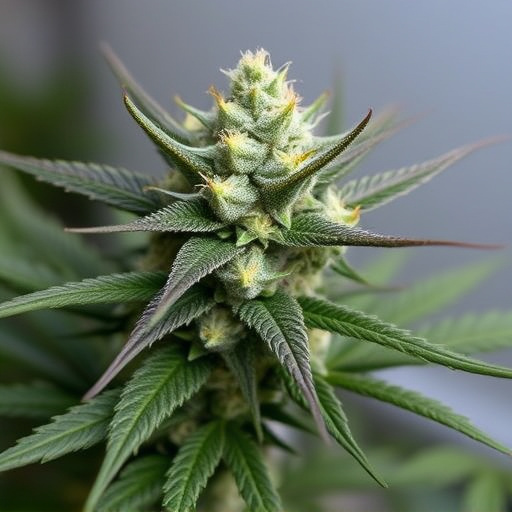
The scent intensity of cannabis flowers is significantly influenced by environmental factors, which play a crucial role in shaping the overall aroma profile of various best hybrid cannabis strains. During cultivation, factors like temperature, humidity, and ventilation can dramatically affect terpene production and volatility. For instance, warmer temperatures encourage the synthesis of certain terpenes known for their robust, pungent notes, intensifying the floral or fruity aromas that many sought-after hybrids boast.
On the other hand, optimal humidity levels aid in preserving the delicate balance of terpenes and cannabinoids, ensuring a more harmonious and well-rounded scent. Proper ventilation systems also prevent excessive moisture buildup, which can cause off-odors and alter the desired fragrance profile. These environmental conditions, when carefully controlled, contribute to the development of desirable aromas that make certain cannabis strains so appealing to both cultivators and consumers.
Cannabis flowers emit potent aromas due to a complex interplay of terpenes, aromatic compounds, genetic diversity, and environmental conditions. Terpenes, known for their distinctive scents, contribute significantly to the unique odors of different cannabis strains. Genetic manipulation and hybridization techniques have further enhanced the diversity and intensity of these fragrances. Environmental factors, such as temperature, humidity, and cultivation methods, also play a pivotal role in shaping the final scent profile of cannabis plants, making certain strains renowned for their captivating aromas, like the best hybrid cannabis strains known today.
